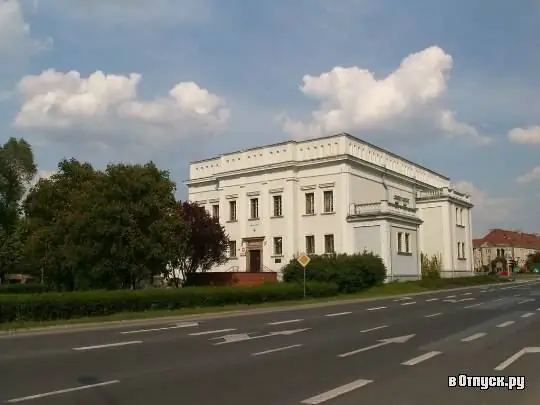
Description of the attraction
The idea of creating a synagogue in Kielce originated in 1897. On the initiative of the Polish public figure and philanthropist Moses Pfefer, money was raised for the construction of a synagogue, and the famous Polish architect Stanislaw Szrakowski was invited. In March 1902, the project was approved, and the governor of Kielce, Boris Ozierov, solemnly laid the foundation stone. Construction work continued until September 1909.
The synagogue was built of brick in a strict neo-Romanesque style with a gable roof. The interior of the synagogue was much richer than the exterior. Inside there were two rows of columns painted with a special paint imitating marble. The columns visually separated the prayer halls from each other. On the azure ceiling, symbolizing the sky, the 12 tribes of Israel were depicted. On the right side of the entrance was the Wailing Wall, and on the left was Rachel's tomb. The synagogue could accommodate 400 believers.
During World War II, the Nazis completely destroyed the interior of the synagogue, setting up a prison and a loot warehouse in it. At the end of the war, the building was set on fire.
After the war, the synagogue was abandoned for many years and fell into disrepair. In 1949, according to the plan drawn up by ZP Vrublevsky, the restoration of the synagogue began. Soon, however, a new architectural project was adopted, which involved a complete reconstruction of the building to its original form. The renovation work was completed in 1955, but the original appearance still underwent some changes.
Next to the synagogue was the rabbi's house, which was demolished in the 70s for the construction of a city avenue.






